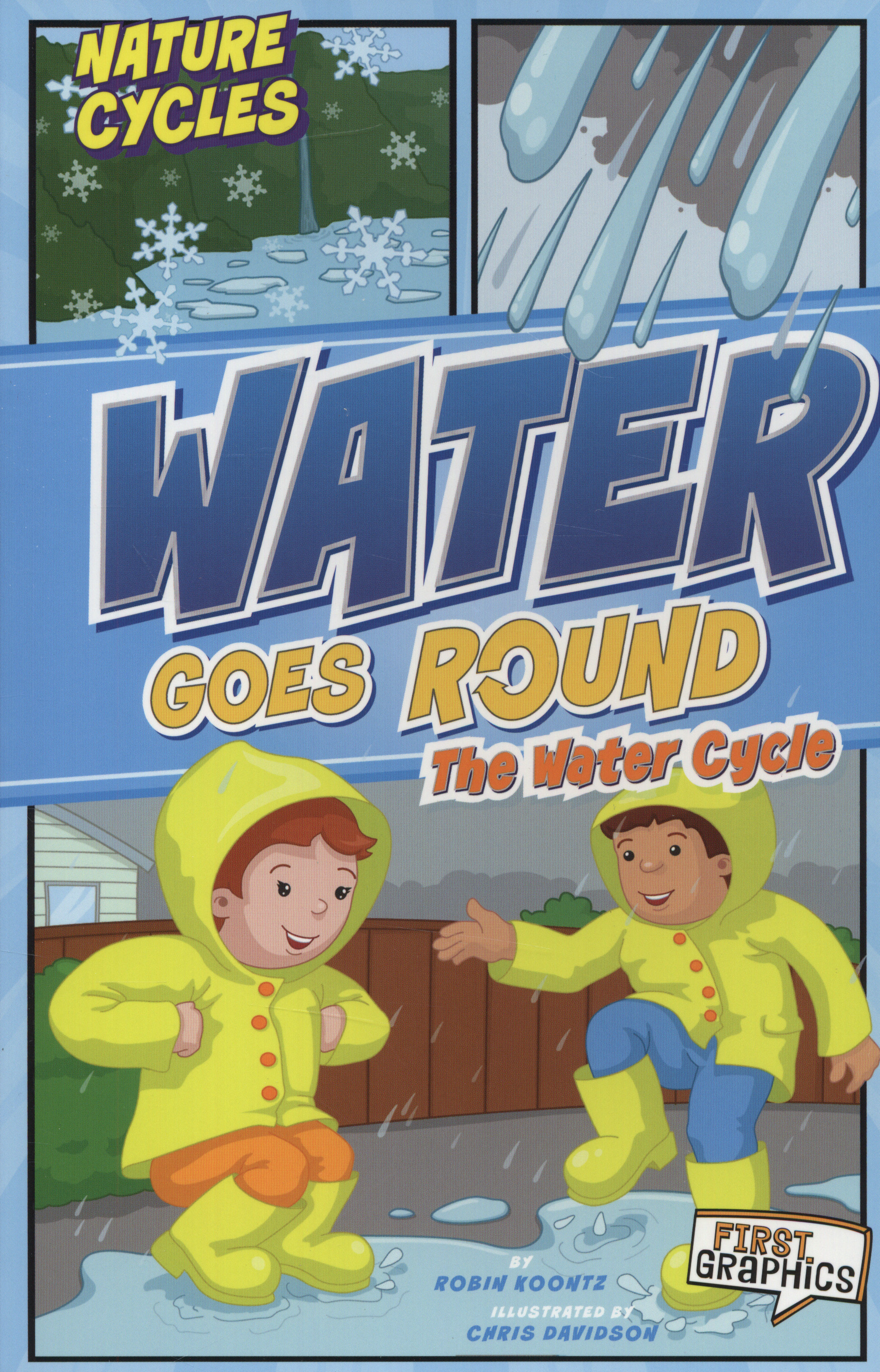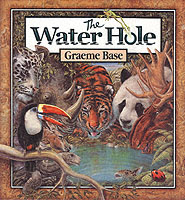Resources

Nature is full of cycles! Through illustrated panels and straight forward text, this graphic format set depicts natures cycles, emphasizing the patterns and predictable steps involved.

The Water Hole is a fusion of counting book, puzzle book, storybook and art book. Graeme Base takes the reader on a journey of discovery, from the plains of Africa and the jungles of the Amazon to the woodlands of...
This item is one of over 25,000 physical resources available from the Resources Collection. The Archive Collection covers over 50 years of curriculum development in the STEM subjects. The Contemporary Collection includes all the latest publications from UK educational publishers.
Water in the Oceans
This Catalyst article describes how the salty water in the oceans has some consequences for how the ocean water mixes – or does not mix. There are distinct bodies of water in the oceans which mix only very slowly. The experiments detailed in the article will explain why this is.
The article is from Catalyst...
This item is one of over 25,000 physical resources available from the Resources Collection. The Archive Collection covers over 50 years of curriculum development in the STEM subjects. The Contemporary Collection includes all the latest publications from UK educational publishers.
They start off as tiny little jelly cubes, just a few millimetres across. Put them in water and within a few hours they have grown to over 100 times their original size -Once they have grown to full size, the Water Jelly Cubes have a great texture. Children of all ages love to touch them. Place them in water and...
Water Movement in Potatoes *suitable for home teaching*
This Catalyst article investigates osmosis: when water enters or leaves plant tissue (raw potato) according to the concentration of water in its surroundings.
The article is from Catalyst: Secondary Science Review 2014, Volume 25, Issue 3.
Water on Mars?
In this resource from the European Space Agency, students design and develop an entire space mission to Mars. The objective of the mission is to send a programmed LEGO rover to the surface of the Red Planet to study changes in state of water. Students take temperature measurements and interpret the data collected...
Water on Mars?
The spacecraft that have orbited around Mars and landed on its surface have shown us (via images and data) that there is no liquid water on the surface of Mars. However, these satellite images have also revealed to us features that appear to have been created or carved out by flowing water. In fact, scientists feel...
Water on the Moon
Scientists must design and evaluate many ways of extracting water from the lunar permafrost before planning lunar colonies and manned missions using the moon as a base.
In this activity students will construct a solar water collector. Using the collector, students will collect and calculate the amount of...
